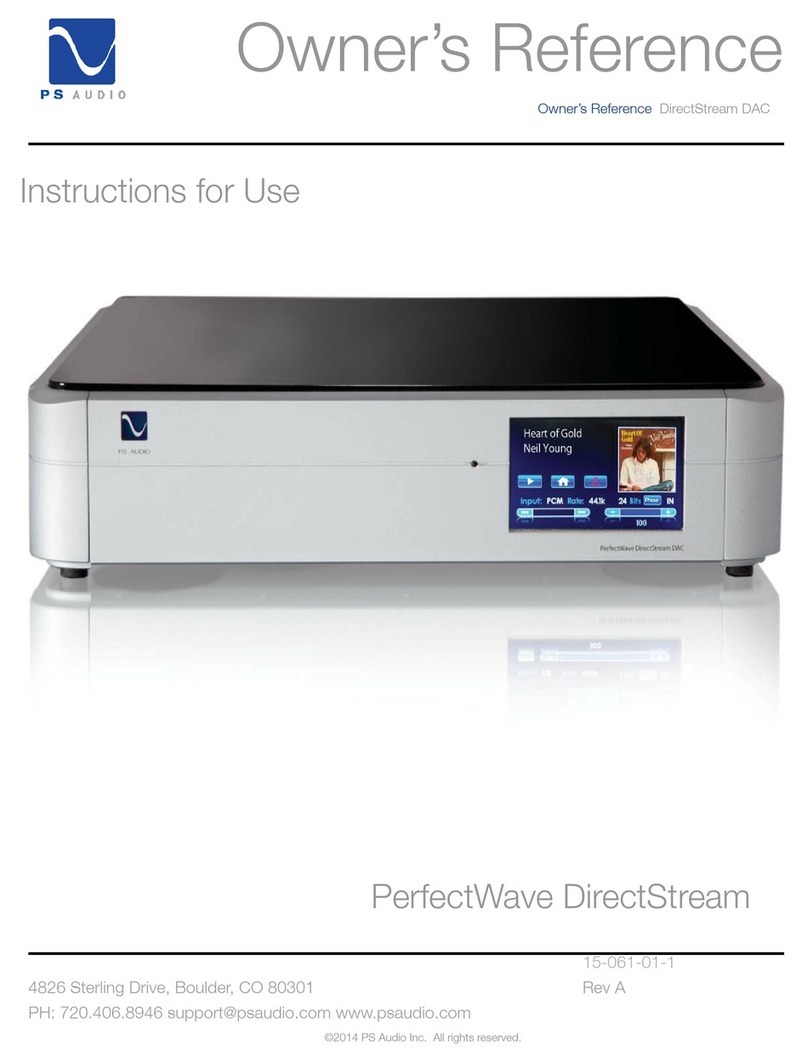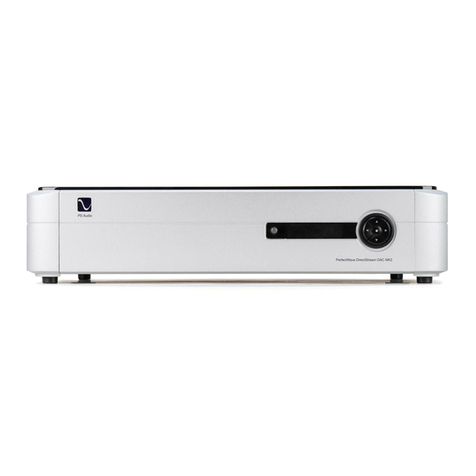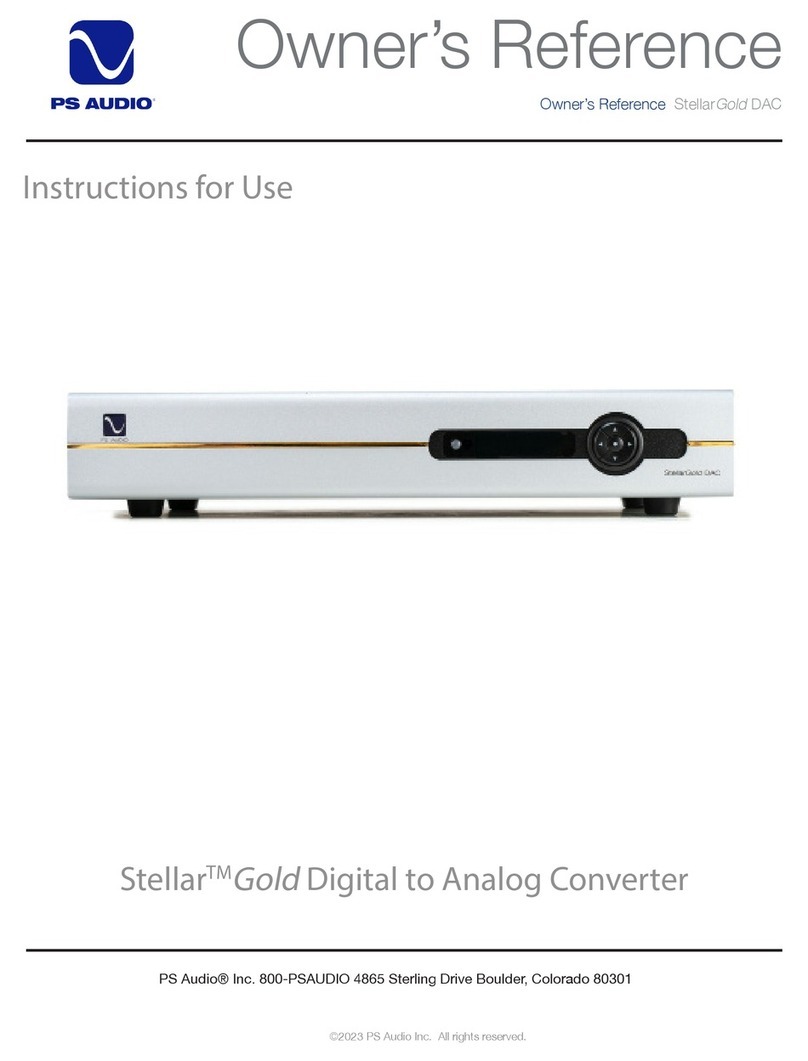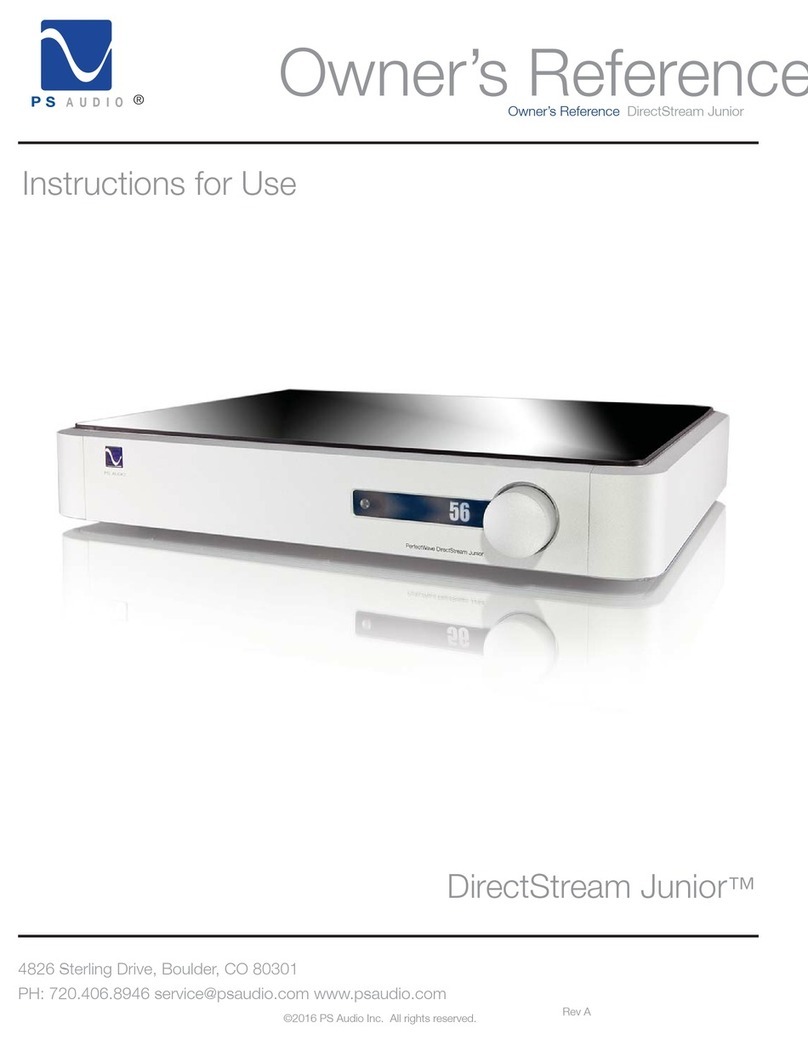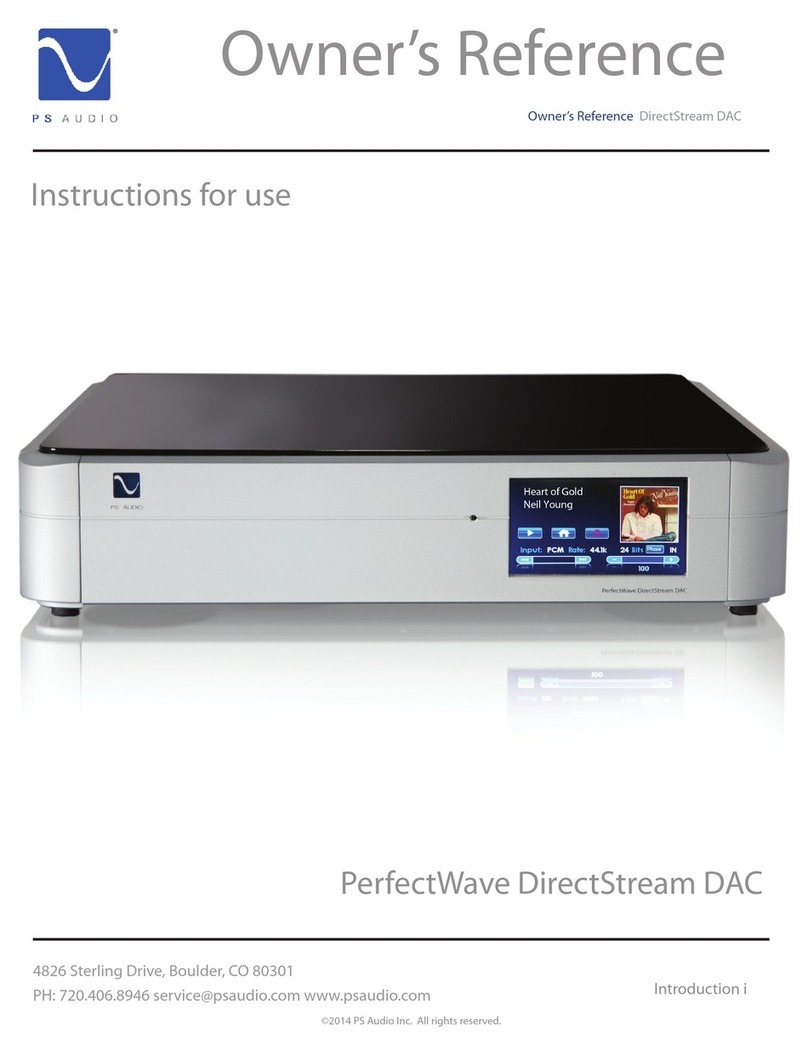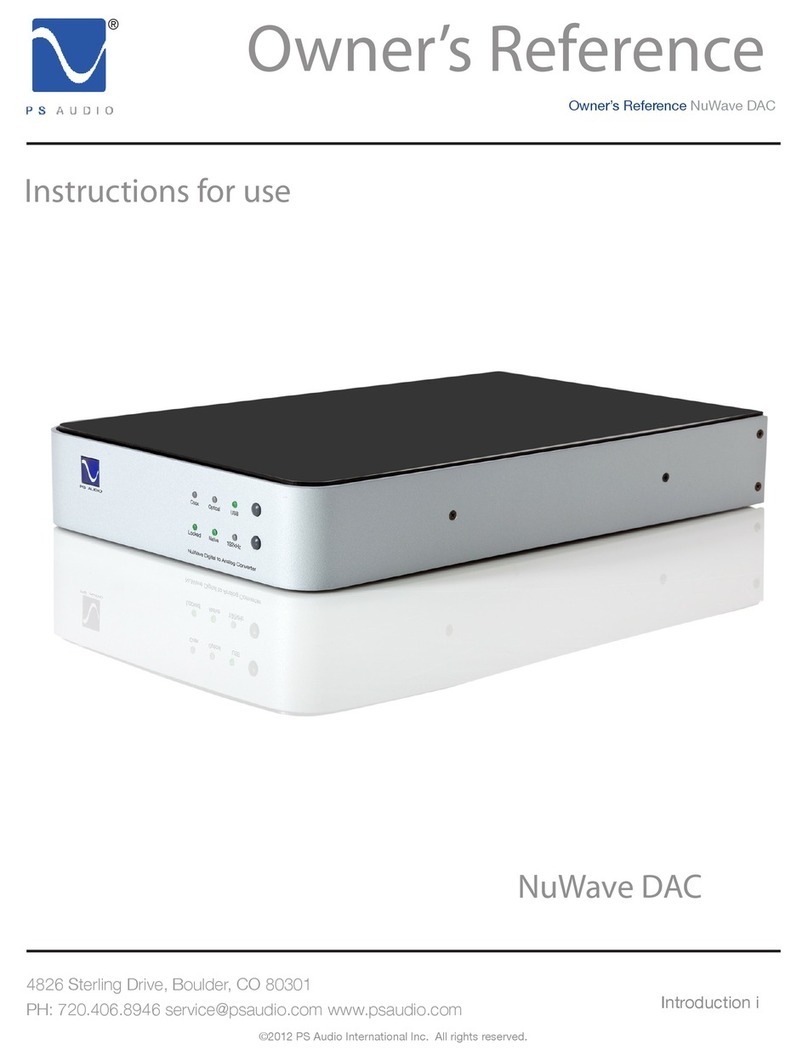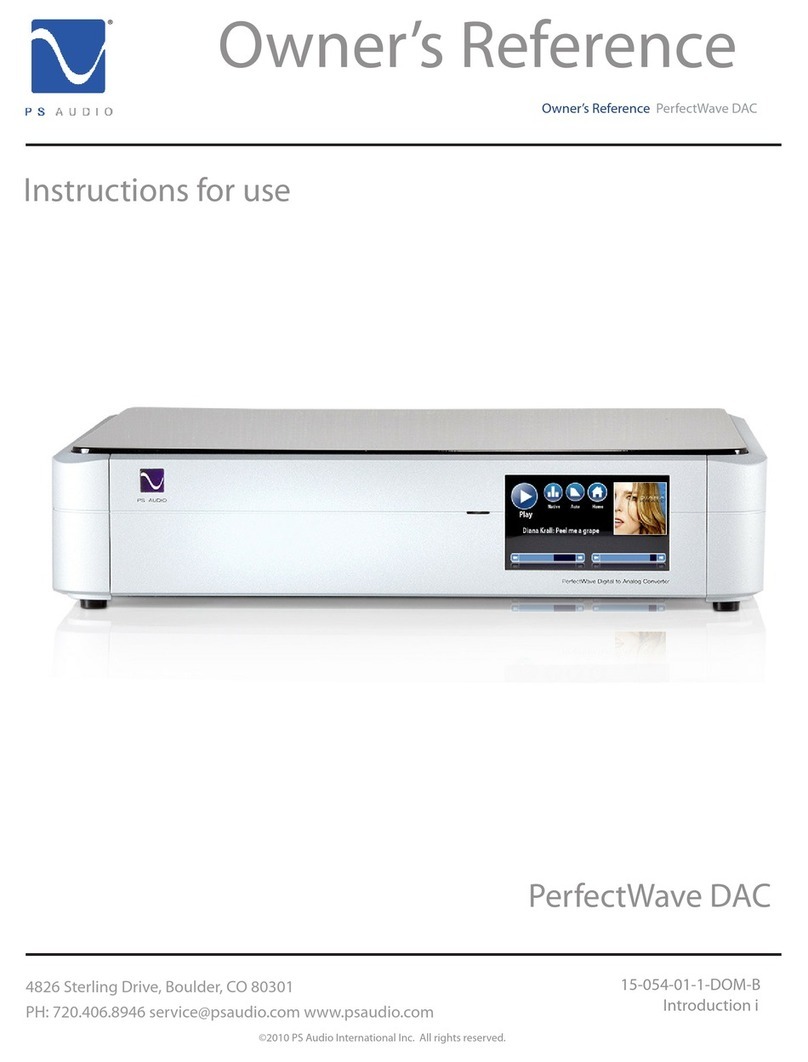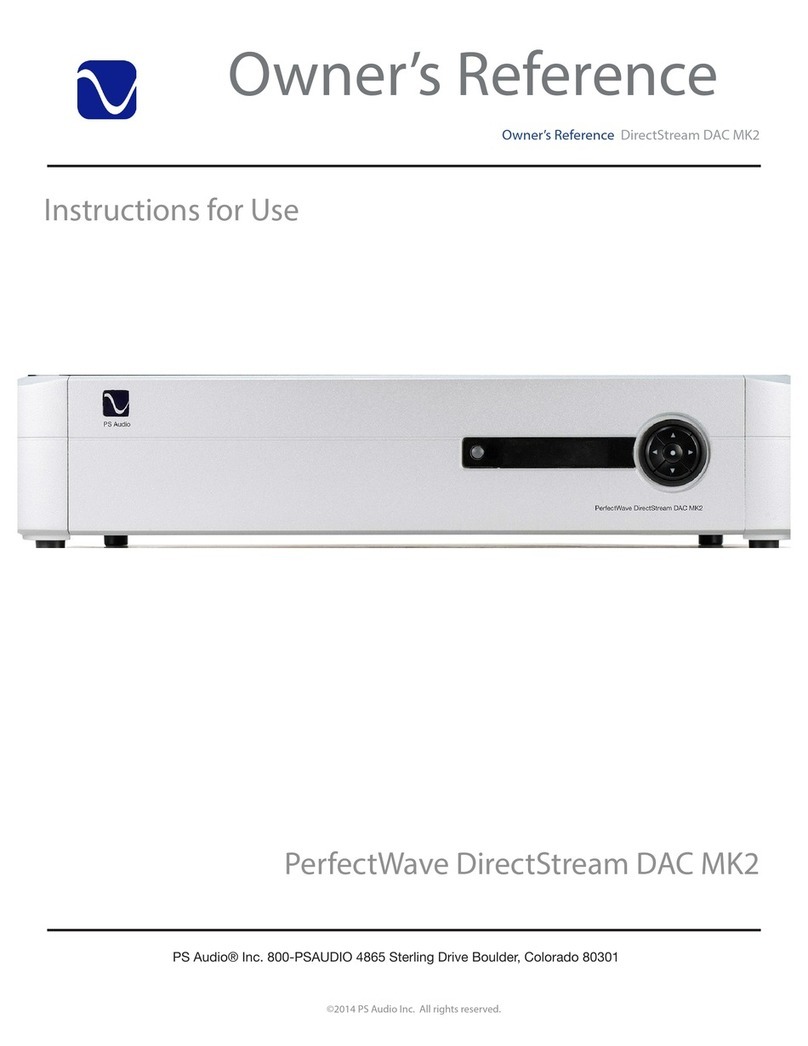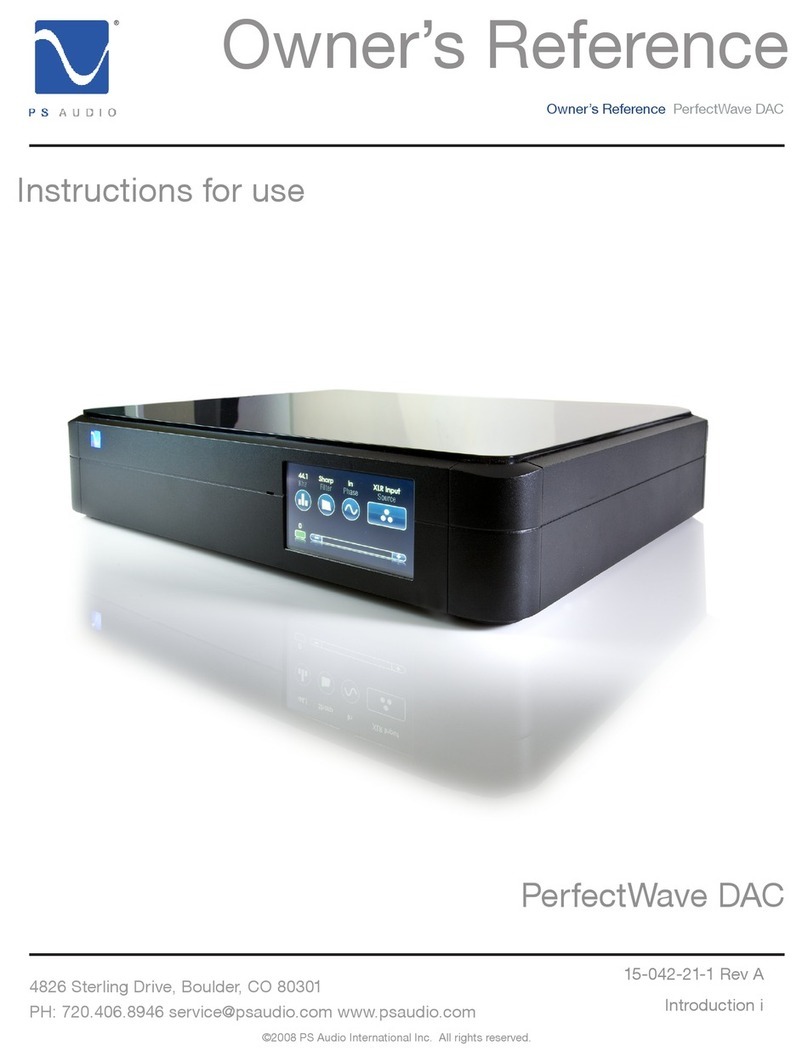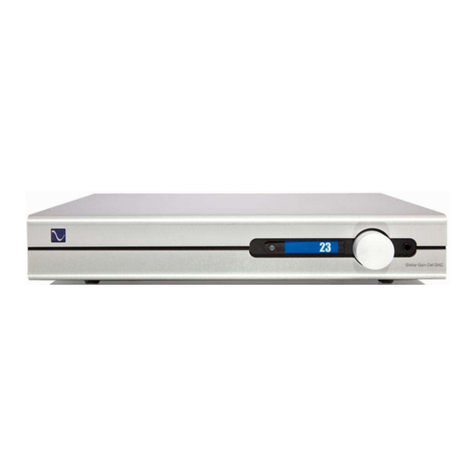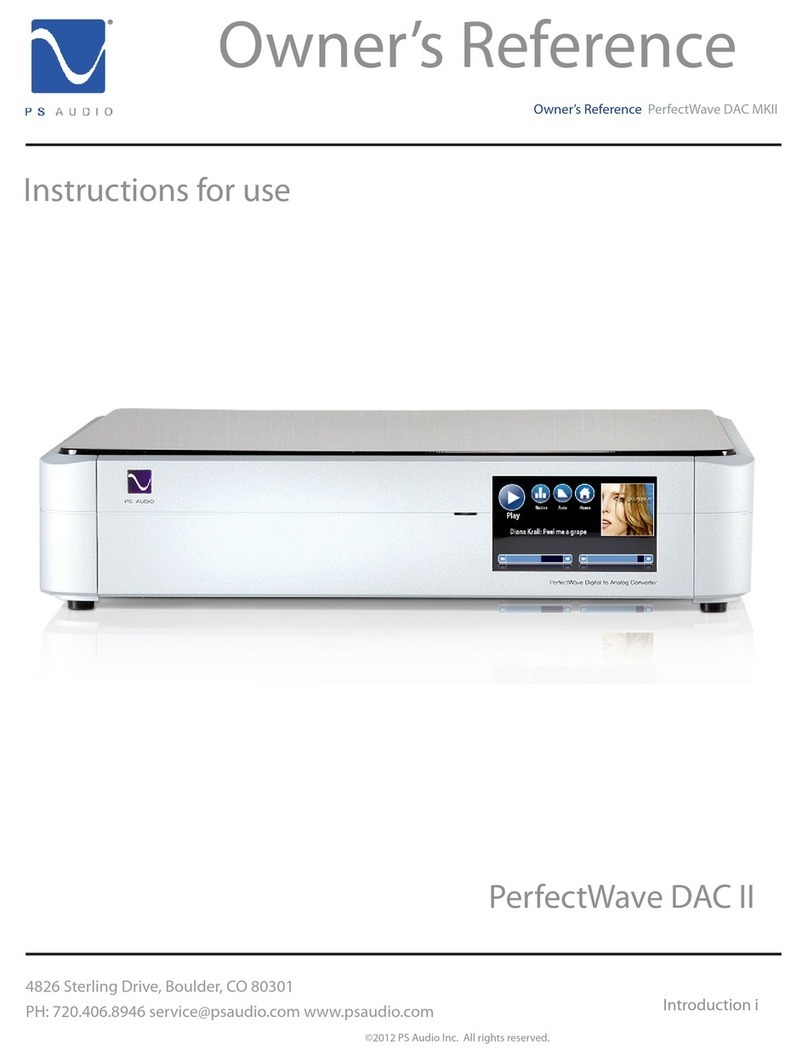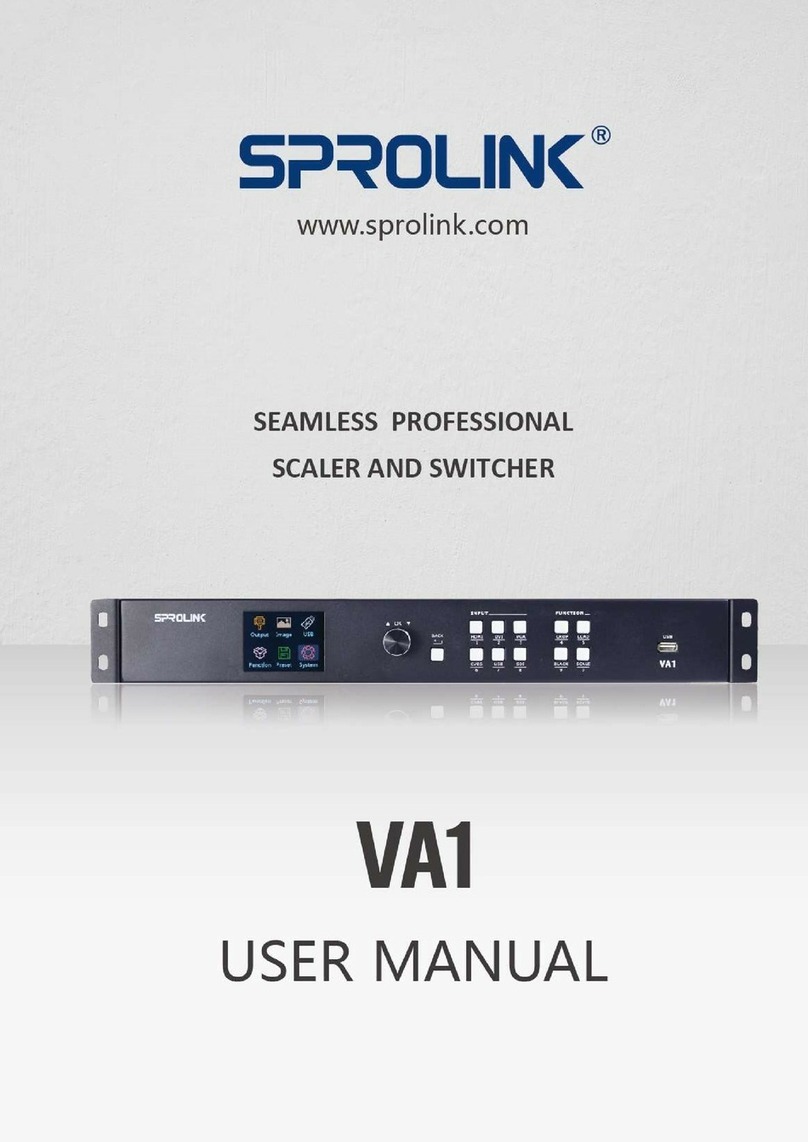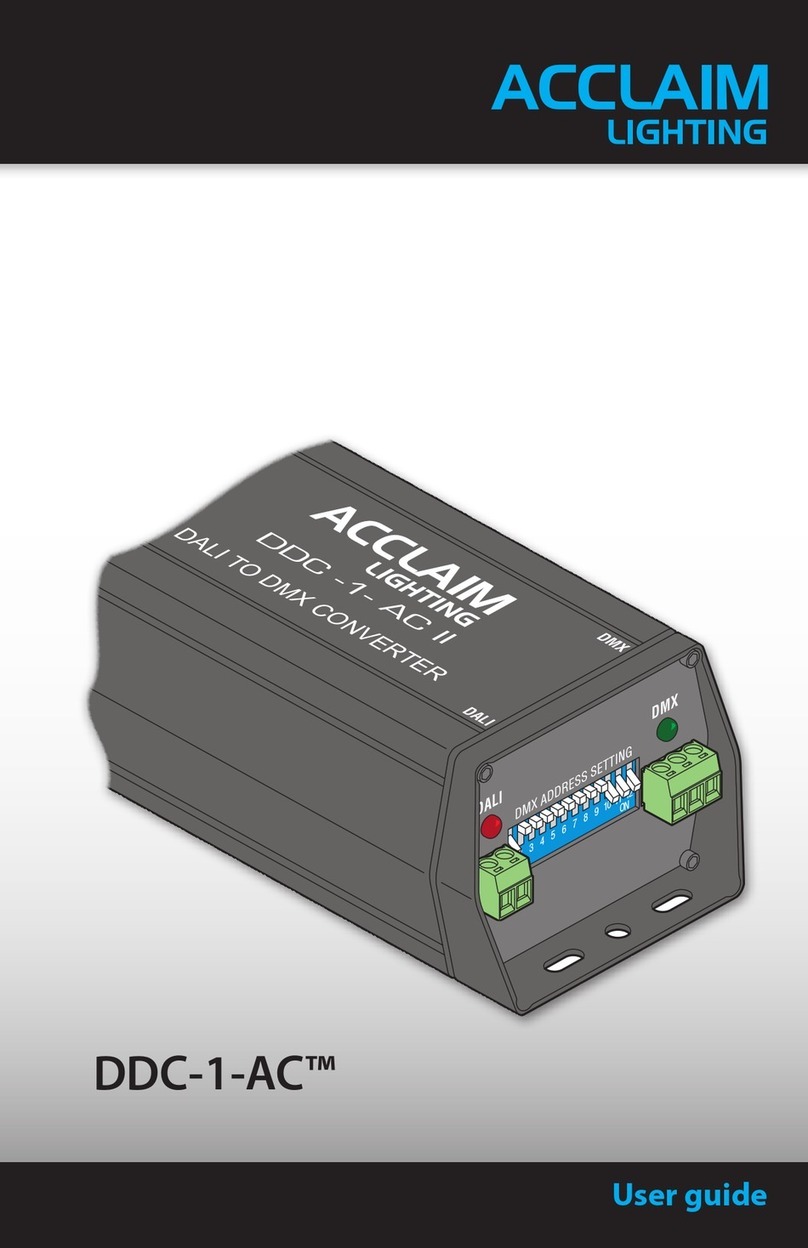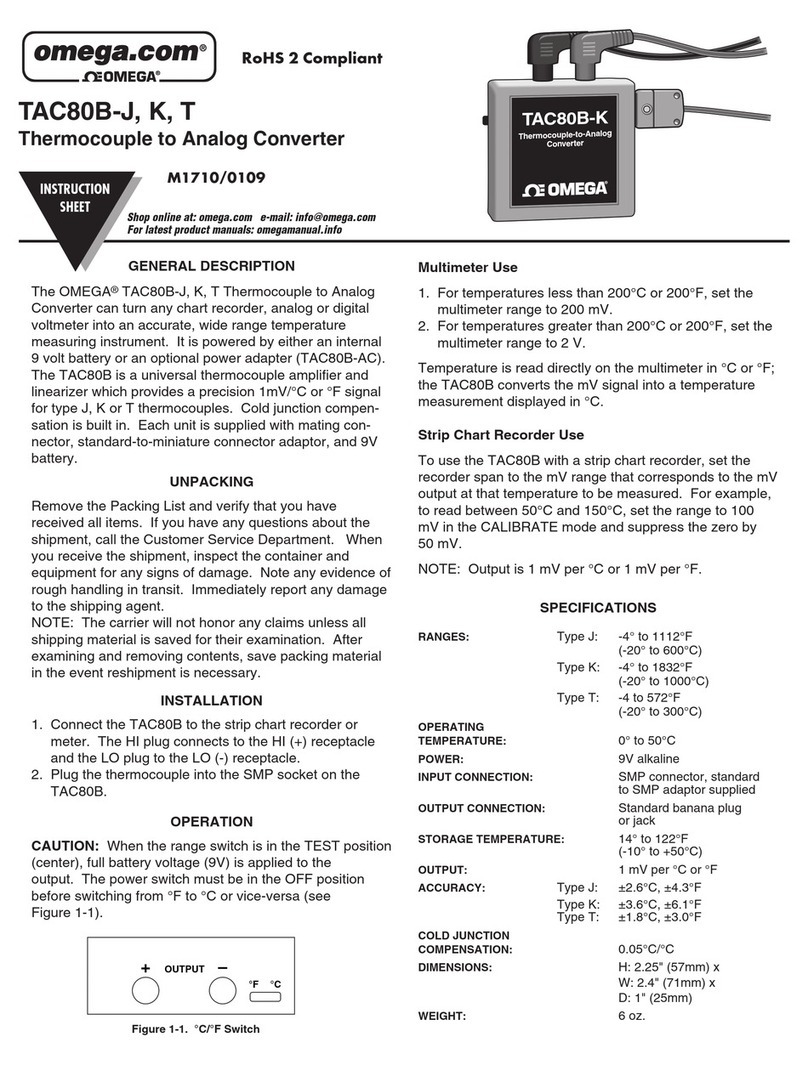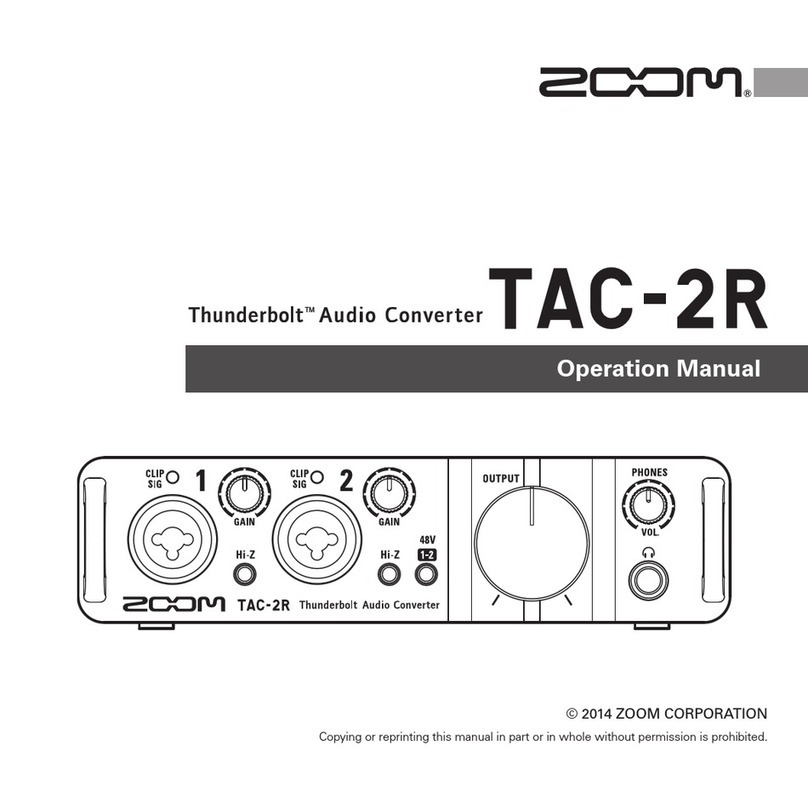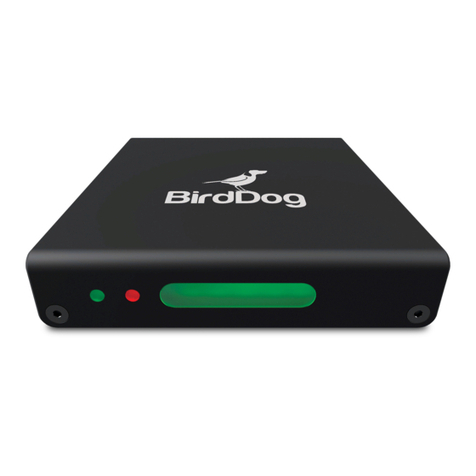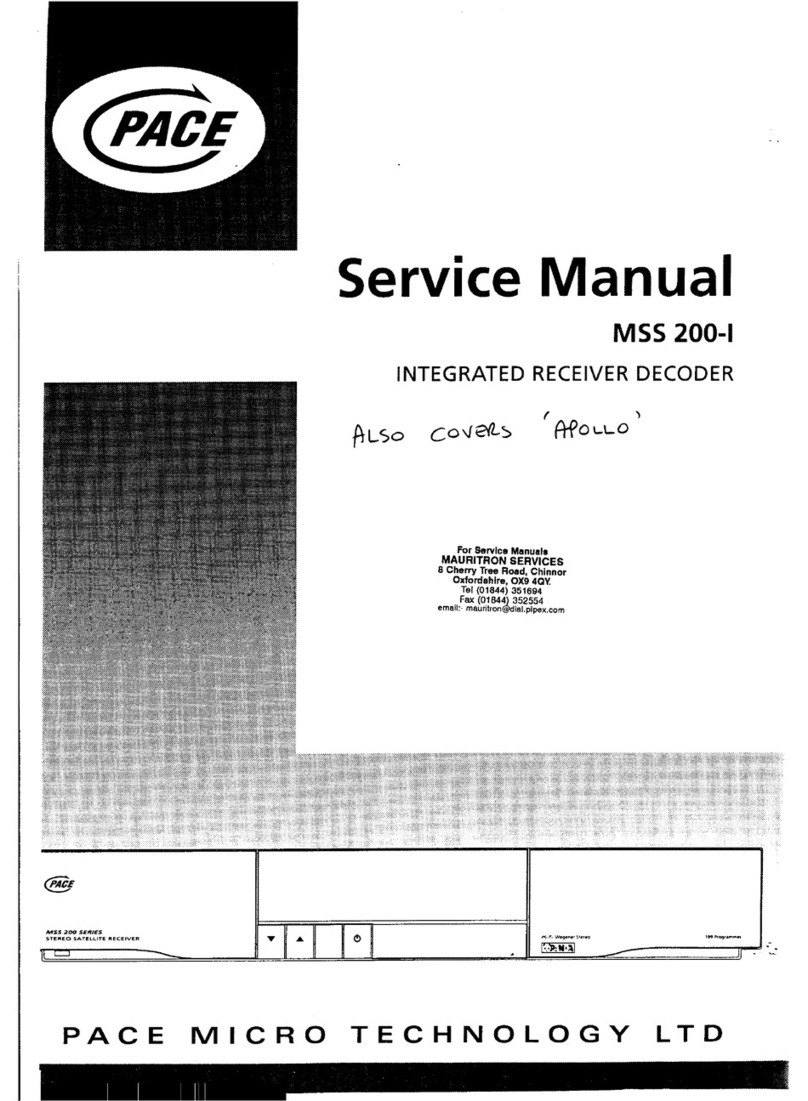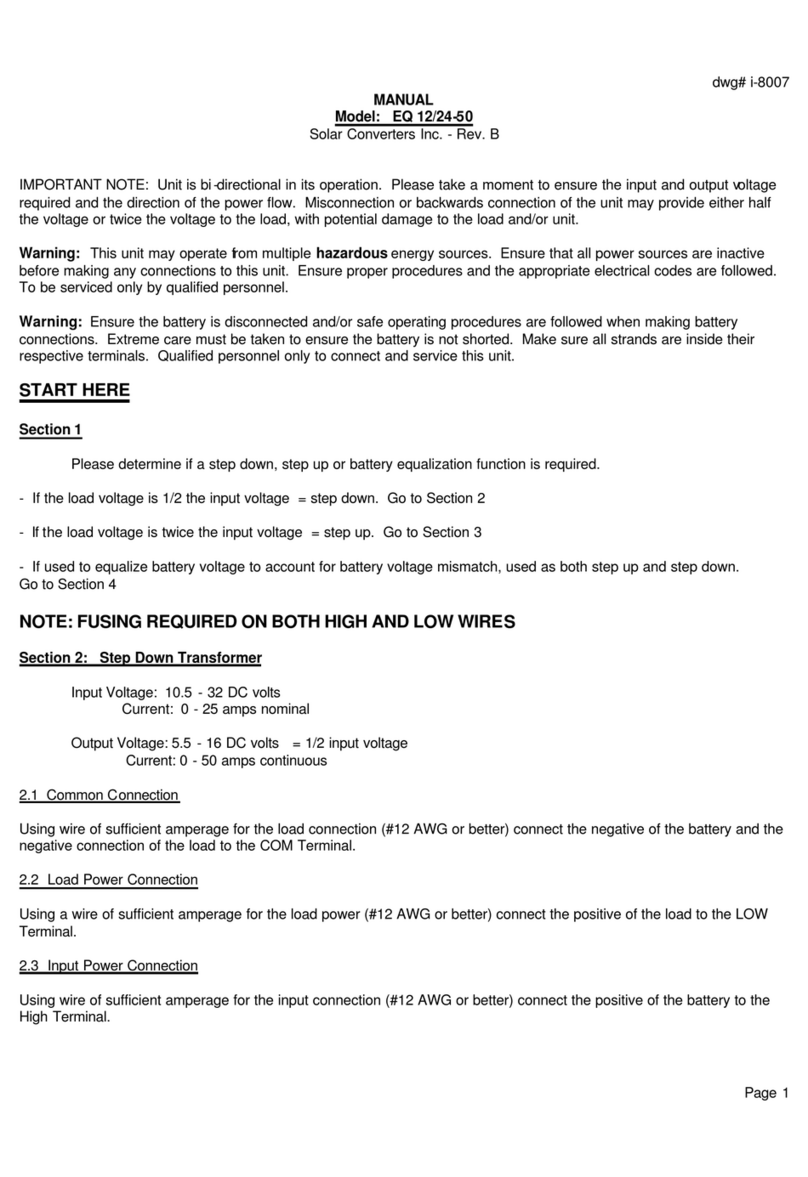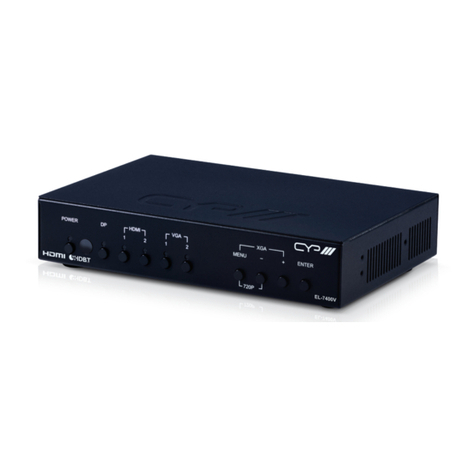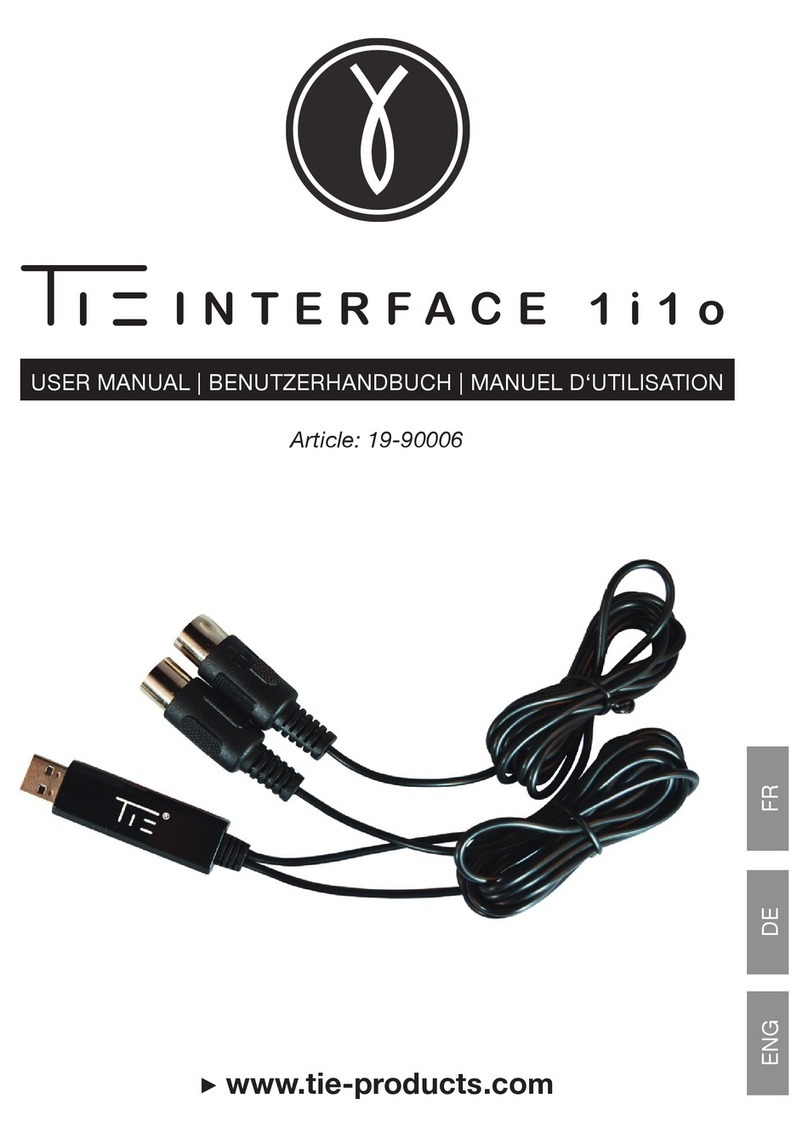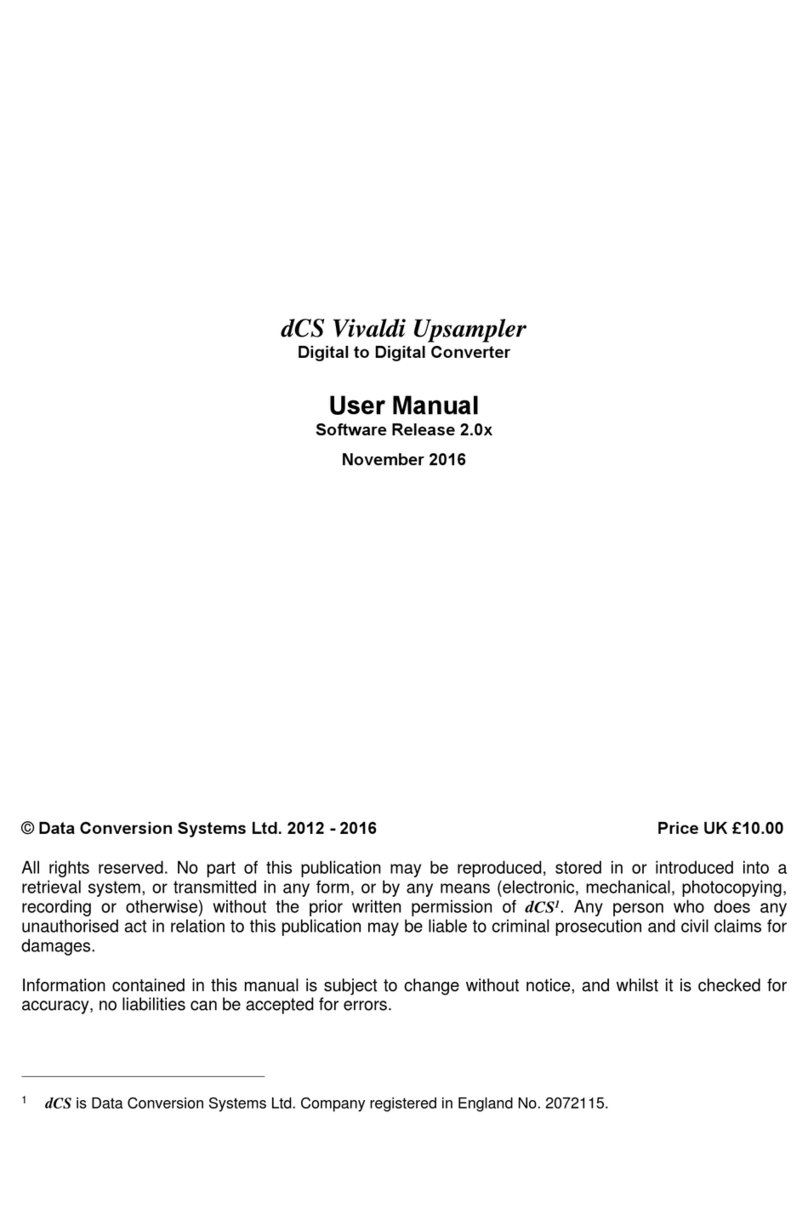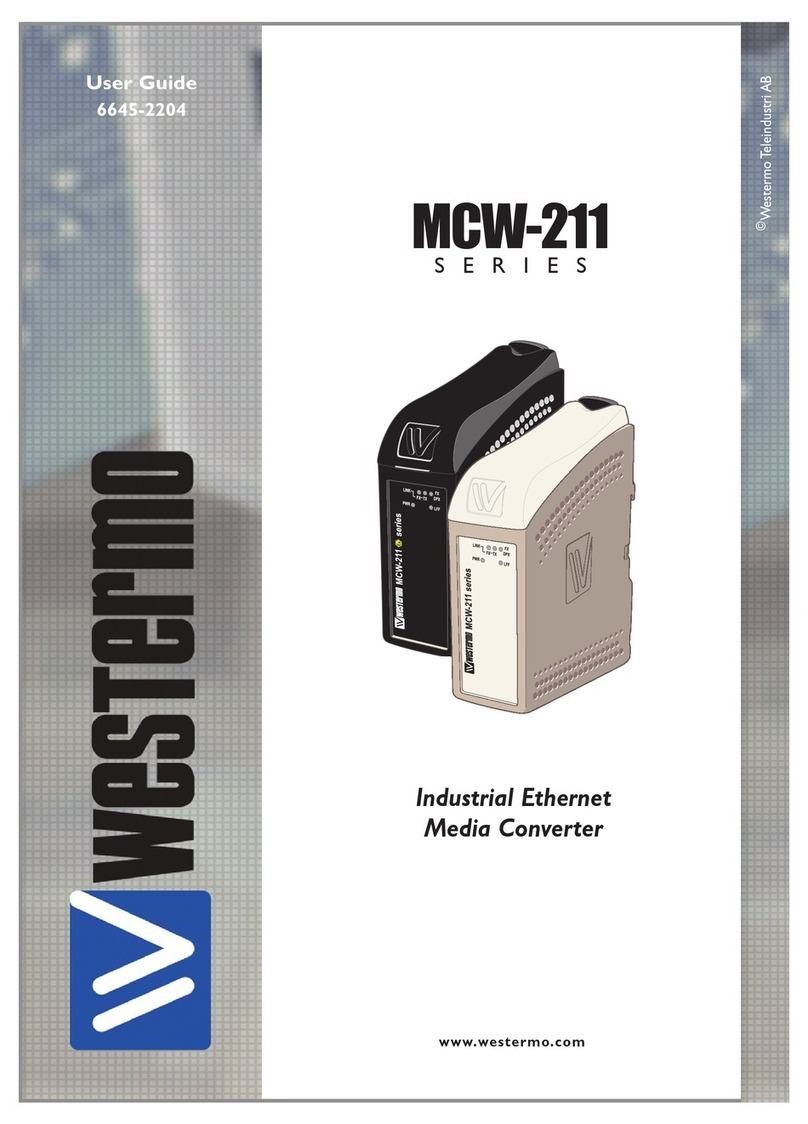
Owner’s Reference DirectStream Junior
4826 Sterling Drive, Boulder, CO 80301
©2016 PS Audio Inc. All rights reserved.
Introduction
®
positive change in the input, but making resistors that are accurate to one part in 216 is hard and
to one part in 220 very hard. DSD doesn’t need anywhere near this level of component matching
to achieve its excellent results.
• DSD soft clips when overdriven, more like magnetic tape: signals which exceed the nominal full
scale value only get slightly compressed if at all. With PCM you either have at tops which induce
extra energy at the squared o edges or, worse, you can have wrap around, which is very
audible.
• All bits in a DSD stream have the same weight: a single bit error anywhere is barely measurable
let alone audible. Some bits in PCM carry a lot of weight and would make a very loud pop if
changed. PCM needs more error recovery to keep to a given signal to noise ratio (S/N) with a
slightly corrupted digital signal.
• Ironically, most sanely priced PCM players actually use DAC chips that utilize a sigma-delta
modulator (DSD) to get a DSD-like signal anyway. Similarly many (most) A/Ds are sigma-delta
based. The typical PCM path is analog -> DSD -> PCM -> disc -> PCM -> DSD -> analog. The
DSD path can skip the conversions to PCM. Those conversions can’t be perfect and artifacts of
the steep anti-aliasing lter or the reconstruction lter aren’t considered benign by many.
• DirectStream Junior handles the PCM conversion from AES/EBU, S/PDIF, TOSLINK, I2S and
USB without recovering a clock, by simply watching for the edges and making decisions about
what they mean in context. The result is that any jitter present on the input is lost entirely in the
FPGA.
There is little dierence between TOSLINK or I2S because the output clock’s rate only depends on
the long term average rate of the inputs not on any edge or other local feature.
The heart of DirectStream Junior is the DSD engine itself. Regardless of input format, whether
PCM or DSD, all data are upsampled to 30 bits running at 10 times the standard DSD rate and
then back down again to double rate DSD for noise shaping.
The internal volume control keeps complete precision: every bit in the input aects the output of
the DAC for any volume level. Except for the sigma-delta modulation process itself there is no
rounding, dither or other trimming, not to 24 bits, not to 32 bits, not to 48 bits, but rather a full 50.
The incoming PCM signal is 30 bits from the upsampling lter and the volume control is 20 bits
wide so all 50 bits of the output are used throughout the sigma-delta conversion, requiring more
than 50 bits of precision.
DSD only requires a nominal 20 bit signal to noise ratio. This design utilizes a minimum
width of 24 bits with wide lter coecients and 144dB S/N. Use of full precision everywhere
and many guard bits in the IIR lters and the sigma-delta modulator help maintain our goal of
perfecting the audio output.
While some designs may run out of headroom or approach saturation levels, depending on the
source material, the new design opts for an extra top bit everywhere in the digital path coupled
with an extra 6dB of head room in the analog path beyond the 6dB of headroom that SACD uses.
The top bit keeps PCM from saturating, even if that PCM was not properly bandwidth limited in
the initial recording process.
The output of the DSD engine is fed directly into the output stage, based on high speed video
ampliers and a passively ltered solid state output stage.
The heart of
Junior

